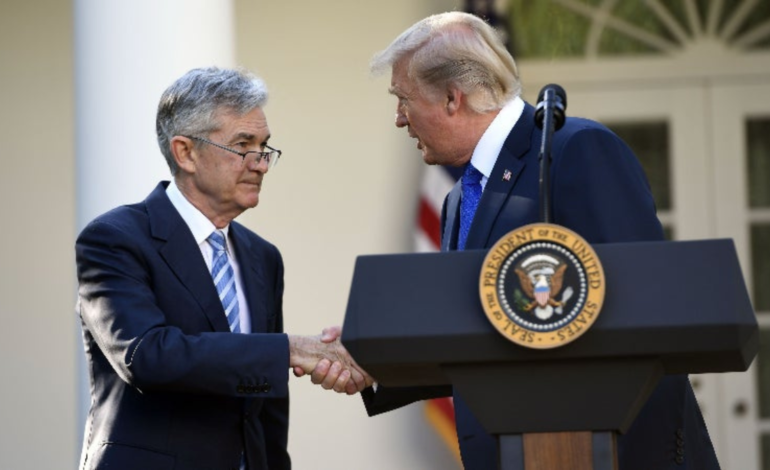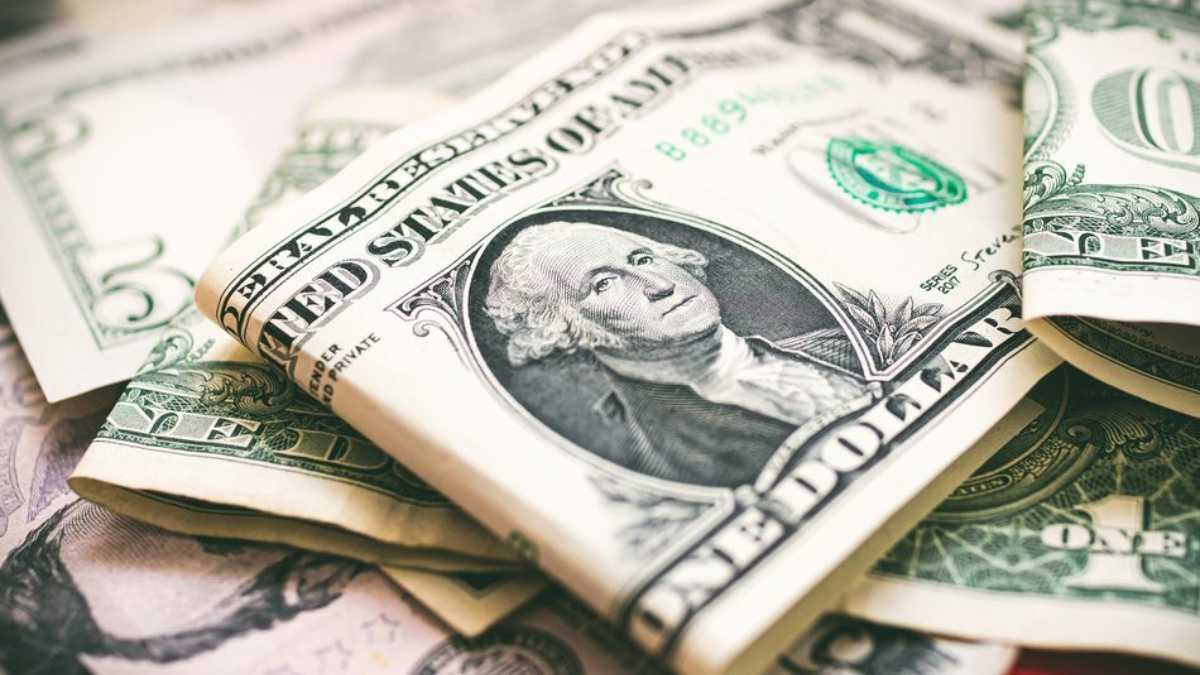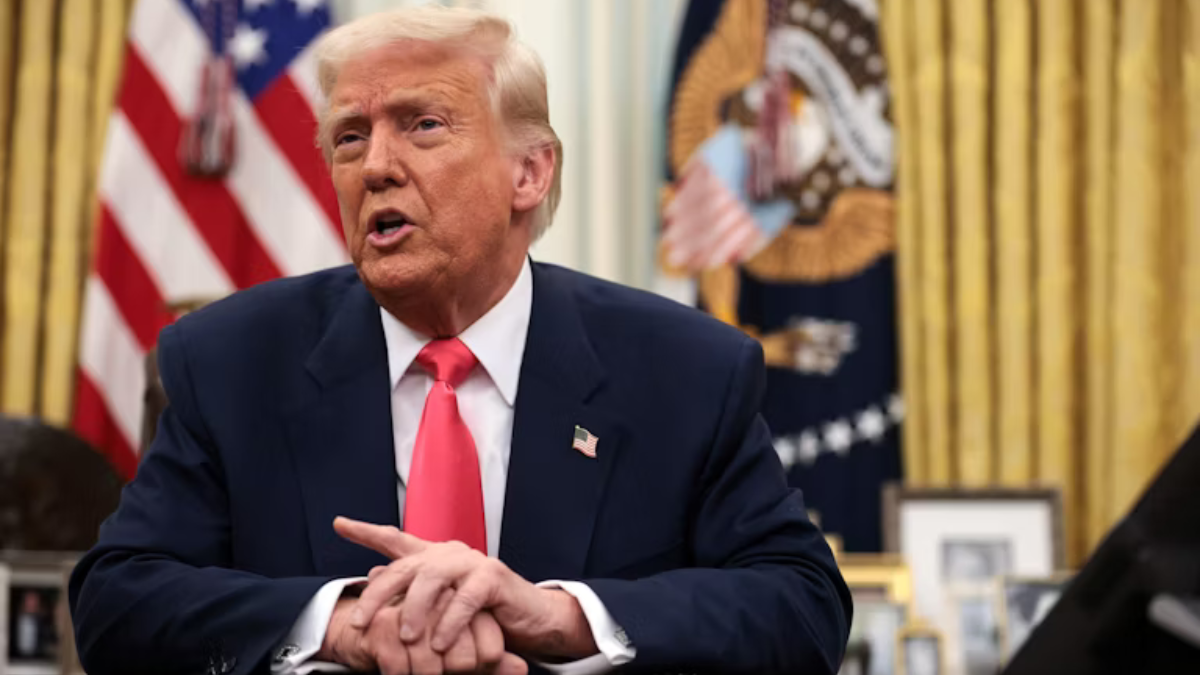From Volcker to Powell: The Ghosts of Fed Past Haunt Today’s Rate Cut Debate

As Trump resurrects Nixon-era Fed bashing, monetary historians identify 1873, 1927, and 1971 as cautionary tales of what happens when central banks surrender independence. The lessons couldn’t be more relevant today.
Historical Case Studies
1. 1873: The Crime of ’73
- Political pressure to maintain silver standard
- Result: 23-year deflationary depression
- Parallel: Today’s debt deflation fears
2. 1927: The Fed’s Fateful Easing
- Cut rates to help U.K. maintain gold standard
- Inflated stock bubble leading to 1929 crash
- Parallel: Today’s AI stock mania
3. 1971-82: The Great Inflation
- Arthur Burns caves to Nixon
- Requires Paul Volcker’s “shock therapy”
- Parallel: Current M2 money supply growth
The Common Thread
Each episode featured:
✓ Political interference in Fed decisions
✓ Short-term economic sugar highs
✓ Long-term financial system damage
Modern Unique Risks
- Derivatives Timebomb: $20T in interest rate swaps
- Algorithmic Amplification: Quant funds dominate trading
- Dollar Vulnerability: No gold standard backstop
The Powell Doctrine
Current Fed leadership faces three impossible choices:
- Cut rates → Lose inflation fight
- Hold steady → Trigger recession
- Invent new tools → Risk market panic
Expert Consensus
“There are no good options left,” says monetary historian Adam Tooze. “We’re in uncharted territory where the old rules don’t apply.”







